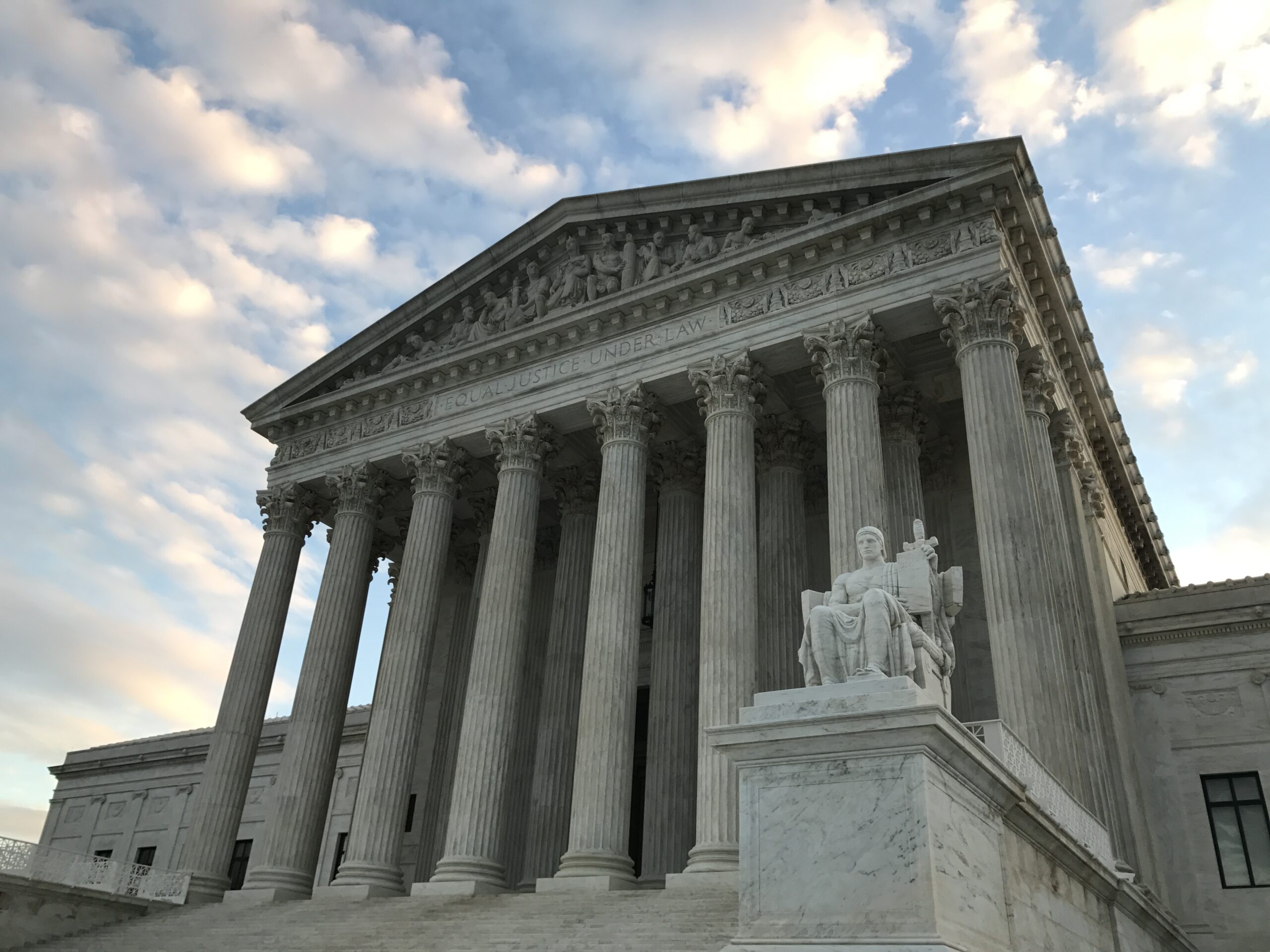Reporters Committee urges US Supreme Court to continue livestreaming oral arguments

Update (Sept. 16, 2020): On Sept. 16, the U.S. Supreme Court issued a press release announcing live audio access for the October session of oral arguments.
The Reporters Committee for Freedom of the Press, joined by a coalition of 50 media organizations, is urging the U.S. Supreme Court to continue providing live audio of oral arguments for the upcoming term.
In a letter sent to the Supreme Court on Sept. 16, the news media coalition argued that the Court’s historic move to provide real-time telephonic access to cases in May clearly showed the public’s interest in the Supreme Court’s work. For the first time in history, journalists were able to report to their audiences about Supreme Court sessions while they were ongoing, giving many Americans the first contemporaneous glimpse into how the Court operates. Over 130,000 people listened to one of these arguments live. And as of Sept. 16, almost 2 million people have listened to the recorded May arguments online.
“Telephonic access during COVID-19 has convincingly demonstrated the public’s appetite to observe the operations of the Court and has shown that the Court can balance increased access with the integrity of its proceedings,” the media coalition’s letter states. “This access promotes an even more informed citizenry, particularly when thousands or tens of thousands of people can listen to a live argument, compared to the 50 to 100 members of the public who are able to attend an argument in person.”
The media coalition’s letter mirrors a similar request the Reporters Committee sent to the Supreme Court last October asking for live audio in six high-profile cases, which was denied. Prior to the May argument session, the Supreme Court had only released same-day audio in 27 cases, most recently in 2018 with the high-profile “travel ban” case, Trump v. Hawaii. The court’s usual policy is to release audio recordings of oral arguments at the end of the week in which they are heard. With the Supreme Court building still closed to the public, updating this policy to continue live audio would greatly extend the gains in transparency made at the Court due to the COVID-19 pandemic.
The letter is the Reporters Committee’s latest effort advocating for increased public access to the federal judiciary. In June, the Reporters Committee testified in front of a House Judiciary subcommittee that increasing public access to the federal judiciary, including the Supreme Court, is “an important step to promote accountability, transparency, efficiency, and an informed electorate.”
Two pending pieces of legislation — HR 6017, the Twenty-First Century Courts Act, and HR 5645, the Eyes on the Courts Act of 2020 — would require live audio and video, respectively, at the Supreme Court for all oral arguments and opinion releases, along with a permanent archival process for the Court.
Read the media coalition’s full letter submitted to the Supreme Court.
The Reporters Committee regularly files friend-of-the-court briefs and its attorneys represent journalists and news organizations pro bono in court cases that involve First Amendment freedoms, the newsgathering rights of journalists and access to public information. Stay up-to-date on our work by signing up for our monthly newsletter and following us on Twitter or Instagram.
Photo by Kelly Horein